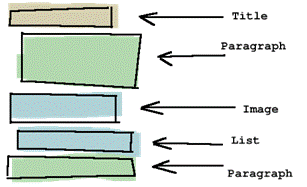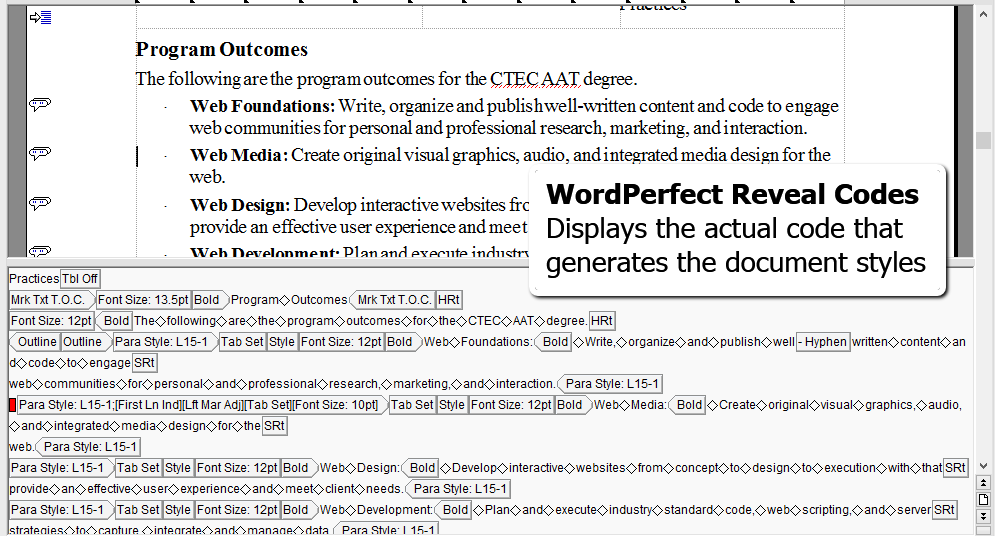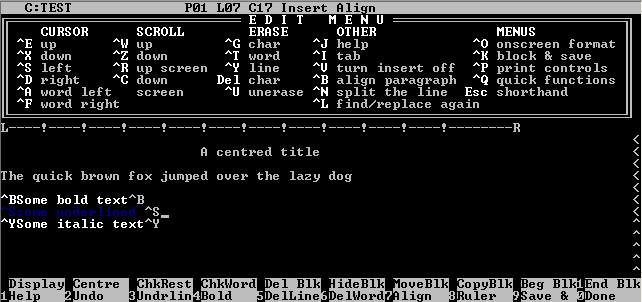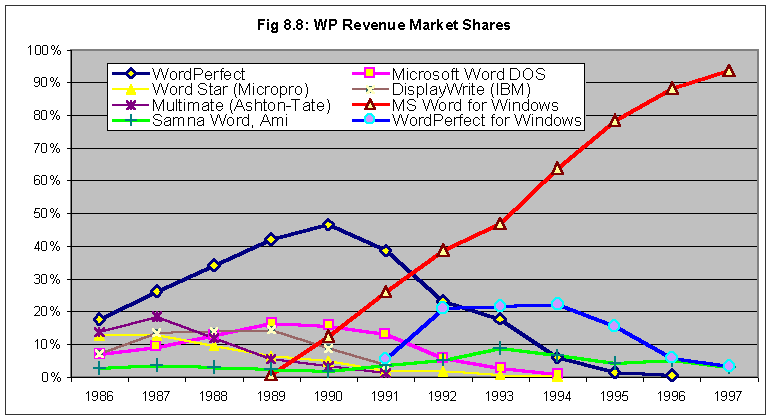meets Tuesday and Thursday from 0800-0915
office hours in Manning 112
Class Schedule
10 Jan | intro
15 Jan | clients
17 Jan | servers
22 Jan | networks
24 Jan | basics lab
29 Jan | structural layer
31 Jan | presentational layer
05 Feb | working with layers
07 Feb | behavior layer |
12 Feb | images & design
14 Feb | website lab
19 Feb |
document markup |
control objects |
objects practice |
control display |
display practice |
next session
21 Feb | tools that read markup
26 Feb | document markup lab
28 Feb | spreadsheets
05 Mar | formulas & functions
07 Mar | data display
19 Mar | database tools
21 Mar | spreadsheets lab
26 Mar | relational databases
28 Mar | tables
02 Apr | relationships
04 Apr | input & output
09 Apr | SQL
11 Apr | complex queries
16 Apr | databases lab
18 Apr | presentation design
23 Apr | presentation delivery
25 Apr | presentation lab
30 Apr | 0800-1100 | final in class presentation
School Information

This work
is licensed under a
Creative Commons Attribution-NonCommercial-ShareAlike 3.0 Unported License.
home & schedule | class blog | syllabus | contact | grades
What is a document markup language and how do object manipulation tools work with the language?
What is a "markup language"?

A markup language identifies pieces of a document so that another application can do something with those pieces. All document creation tools have a markup language.
In early days of text processing, some markup tools used to let you see and edit their markup code; Word and MacWrite usually didn't. The following image shows an example of how WordPerfect showed you the markup in the text.
All formatters need to distinguish the text to be printed from
instructions about how to print
these instructions are called markup.

- procedural markup tells the software what to do (space down, invoke a macro)
- generic markup describes the thing to be printed (heading, cross-reference, etc.).
back to top
Examples of markup languages
Markup has a long history. But one can understand markup by thinking about some markup languages that you are already familiar with.
HTML, the HyperText Markup Language, is an example of SGML - Standard Generalized Markup Language.
XML, the eXtensible Markup Language is much more robust, and Microsoft has embedded a lot of XML in MSWord
And some you may not have yet encountered
- Biology - Physiome Markup Languages - note the CellML and FieldML examples
- Archival Finding Aids Markup Language - Encoded Archival Description (EAD)
back to top
Word Processing Markup Languages
WordStar was one of the earlier ones. Since there was no graphical user interface at that time, it had to show you in text what it was doing with its markup, much as the UNIX text editors do.

WordPerfect was very good for text-centric documents and was thus embraced by folks creating legal documents. The ability to see and control the text markup was critical.
There have been a lot of markup tools brought to market over the years.

But Microsoft's Word soon became the dominant markup tool.
There are a lot of possibilities out there. LibreOffice Writer may eventually become a competitor to MSWord because it is based on XML and on the Open Document standard and has most of the same features as MSWord. It may well be the best choice for many. But, for now, although not everyone likes it, MSWord is a very powerful tool.
But are MSWord and LibreOffice Writer simply word processors? And what is the difference between a text editor and a word processor?
Are they something more? Perhaps an object manipulator?
back to top
Other options
MSWord is not the only tool out there, but it is a business standard.
You might not need to use MSWord and if that is the case, there are lots of alternatives. Consider your needs:
- sharing or collaborating on papers, consider Google Docs or Zoho
- open source software and freeware, consider LibreOffice or OpenOffice
back to top
Which program to use?
We will use MSWord to discuss effective formatting of text documents, but knowing that one can also use LibreOffice Writer as an alternative way of applying the same principles
First, let's consider some of the structural elements:
- Pages
- Paragraphs
- Text
To do so, open The Awful German Language, by Mark Twain. Copy it all, then paste it into a document so we can work with it.
